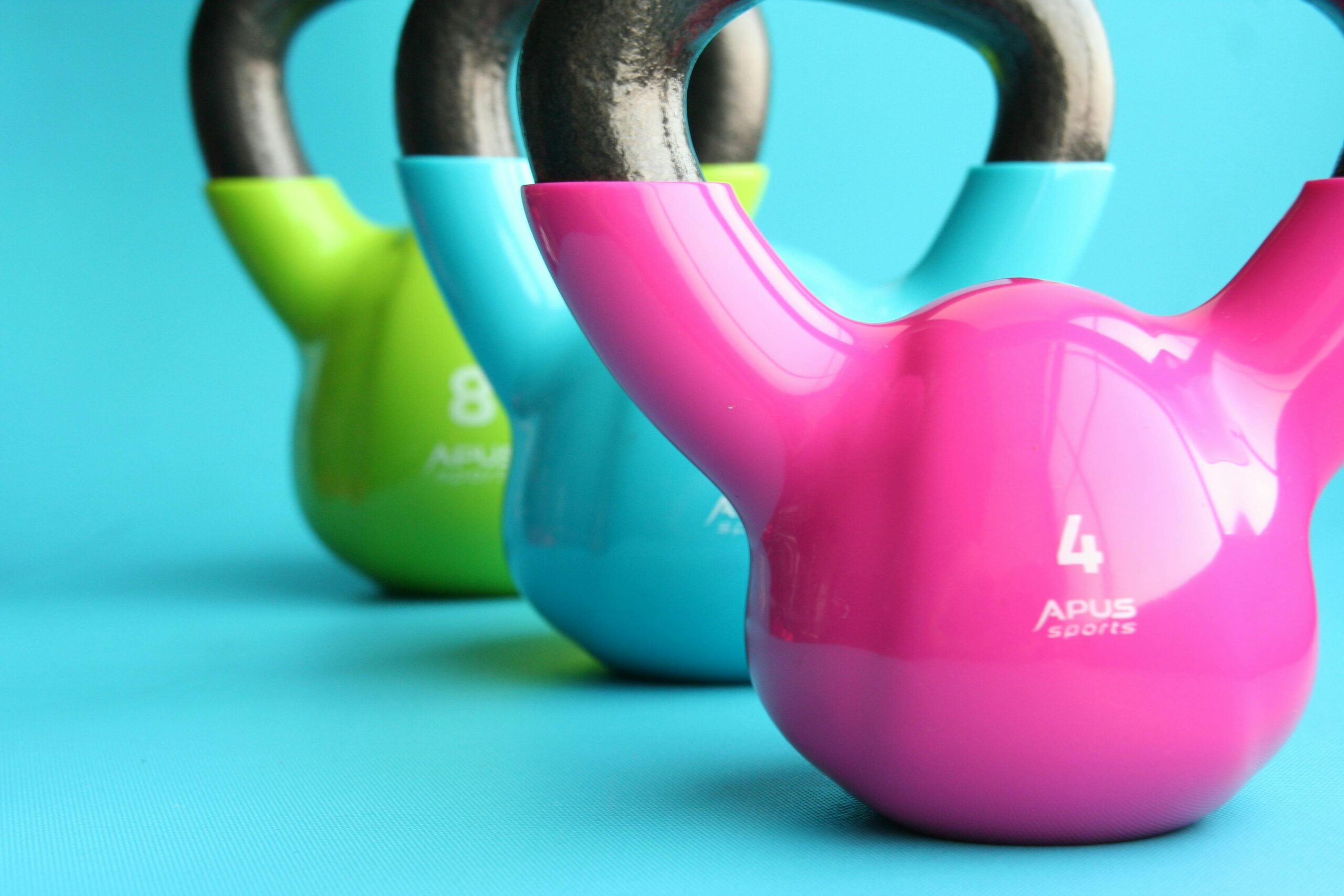FR Staff
January 20, 2025
New Study Reveals the Impact of Stance Width on Kinematics and Muscle Activation in Weightlifting
A recent study published in the Journal of Strength and Conditioning Research has shed light on the role of stance width in weightlifting. The study, led by researchers from Edith Cowan University in Perth, Australia, aimed to investigate the effects of stance width on kinematics (the study of movement) and muscle activation during the squat and bench press exercises.
The study involved 19 experienced weightlifters who performed both exercises with two different stance widths: a narrow stance (hip-width apart) and a wide stance (shoulder-width apart or greater). Kinematic data was collected using motion capture technology, while electromyography (EMG) was used to measure muscle activation.
The results showed that a wider stance led to significant changes in kinematics during both exercises. Specifically, the squat demonstrated increased hip extension and knee flexion angles, while the bench press demonstrated increased shoulder abduction angles with a wide stance. These findings suggest that a wider stance may enable weightlifters to lift heavier weights by improving their biomechanics and range of motion.
Interestingly, the study also revealed significant differences in muscle activation between the two stances for both exercises. During the squat, a wider stance resulted in increased activation in the gluteus maximus (the largest muscle in the buttocks) and decreased activation in the quadriceps femoris (a group of four muscles in the front of the thigh). During the bench press, a wider stance resulted in increased activation in the latissimus dorsi (a broad back muscle) and decreased activation in the pectoralis major (the chest muscle). These findings suggest that a wider stance may allow weightlifters to engage different muscle groups during these exercises.
The study’s lead author, Dr. Daniel Wyonzek, commented: “Our results demonstrate the importance of stance width in weightlifting and highlight the potential benefits of varying stance width for optimizing kinematics and muscle activation.”
These findings have important implications for weightlifters looking to improve their performance by adapting their technique. As Dr. Wyonzek adds: “Weightlifters could potentially benefit from incorporating a wider stance into their squat and bench press exercises, as this may enable them to lift heavier weights while also engaging different muscle groups.”
In conclusion, this new study provides valuable insights into the role of stance width in weightlifting and highlights the importance of technique for optimizing performance. As more research is conducted in this area, it will undoubtedly lead to exciting developments and recommendations for weightlifters at all levels.








Leave a Reply